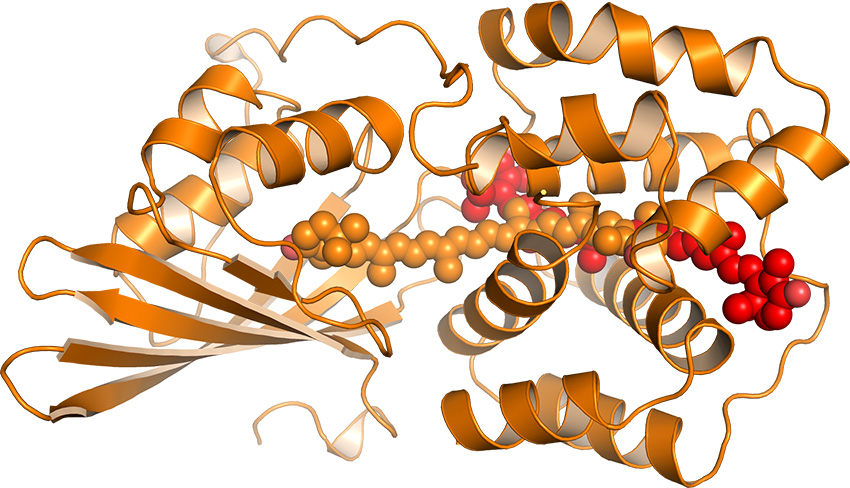
Changing Colors for Built-in Sunblock
Molecular movements triggered by light redirect the flow of energy through photosynthetic cells to protect them from sun damage.

Molecular movements triggered by light redirect the flow of energy through photosynthetic cells to protect them from sun damage.
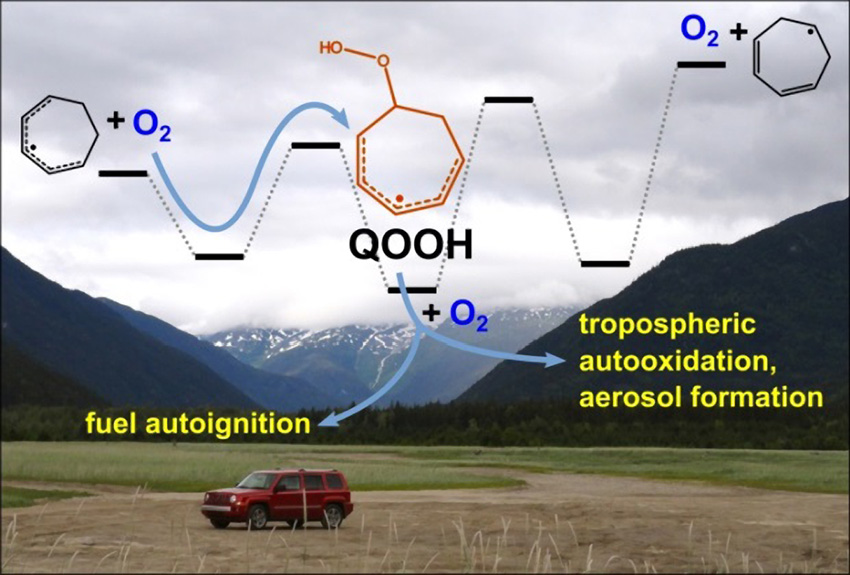
Direct measurement of an elusive but critical combustion molecule leads to more accurate models of ignition chemistry.
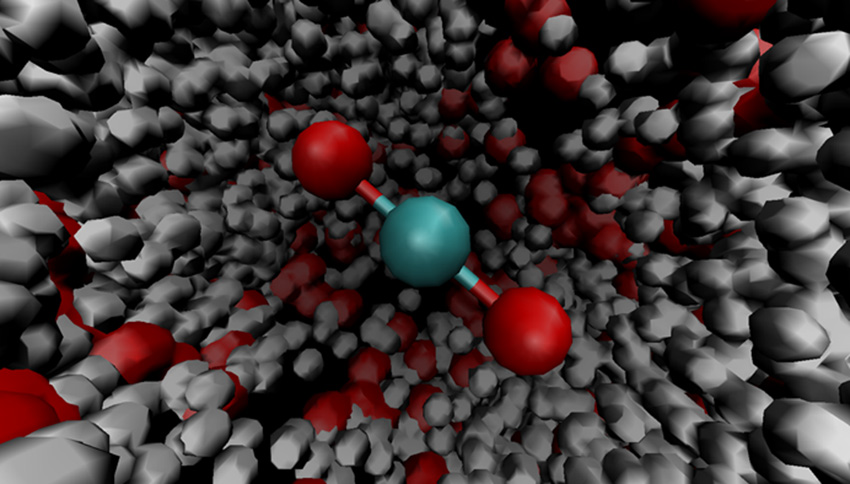
Spectroscopy combined with theory and computation determines the interaction between carbon dioxide and water.

Innovative materials adsorb carbon dioxide via an unprecedented cooperative insertion mechanism.
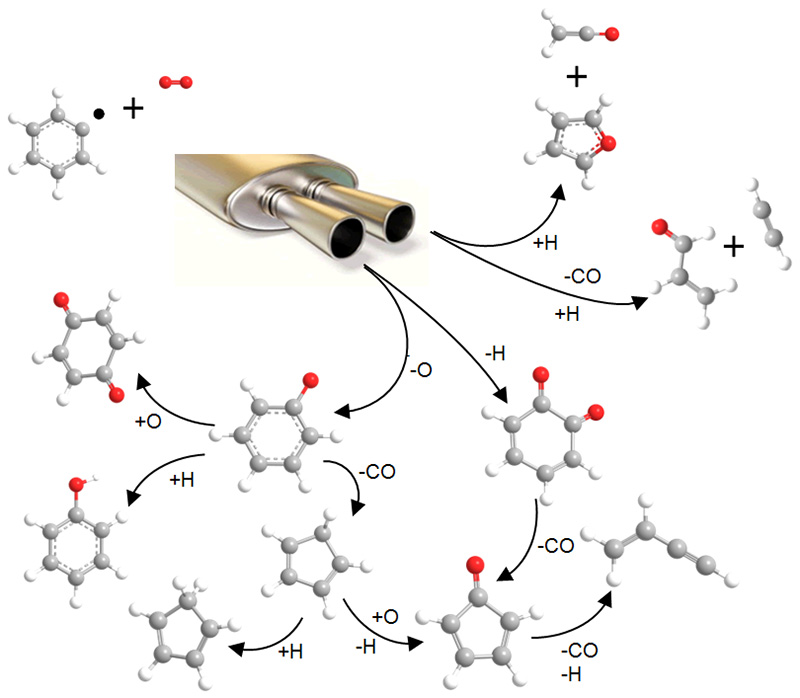
Researchers determine the reaction pathway to how soot and other toxic components form in combustion systems.
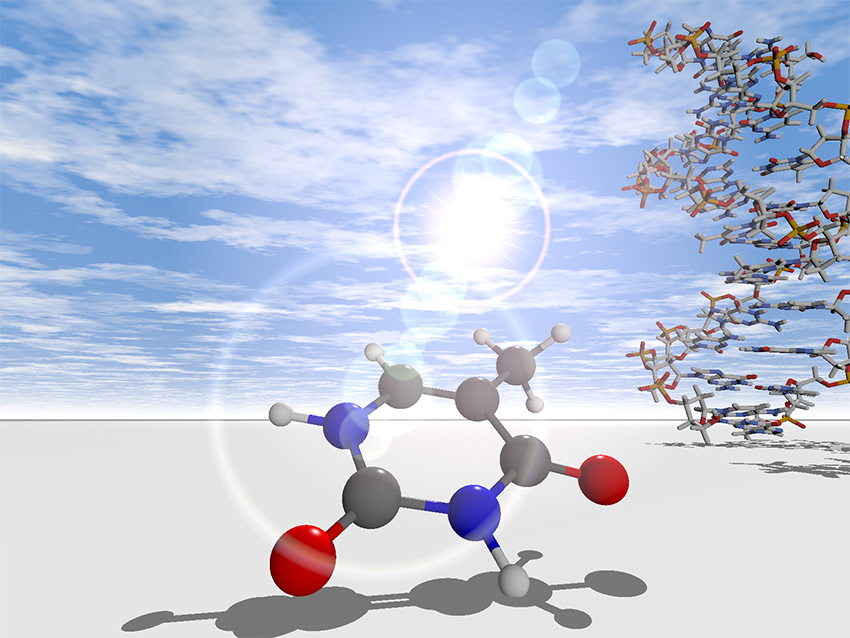
X-ray pulses from the Linac Coherent Light Source probe the molecular dynamics of photoexcitation.
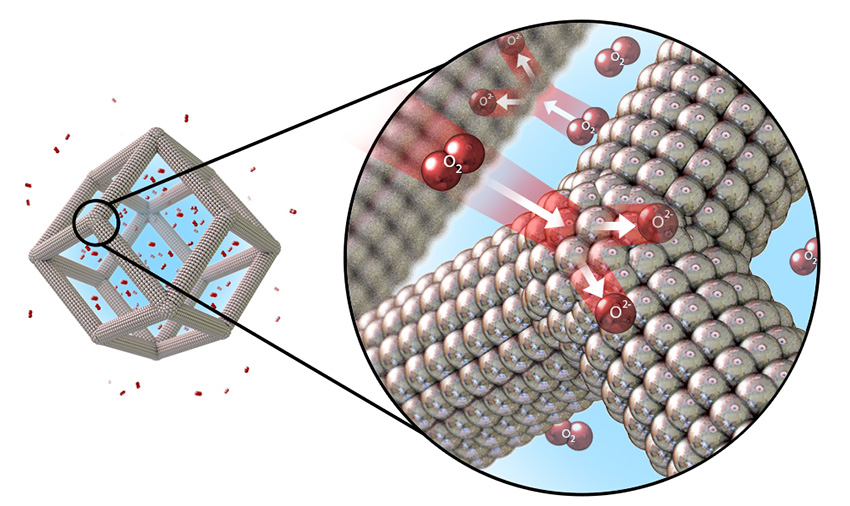
Concentrating noble-metal catalyst atoms on the surface of porous nano-frame alloys shows over thirty-fold increase in performance.

Tracking electronic motion in a graphene-like bulk material shows fast electrons in all dimensions.
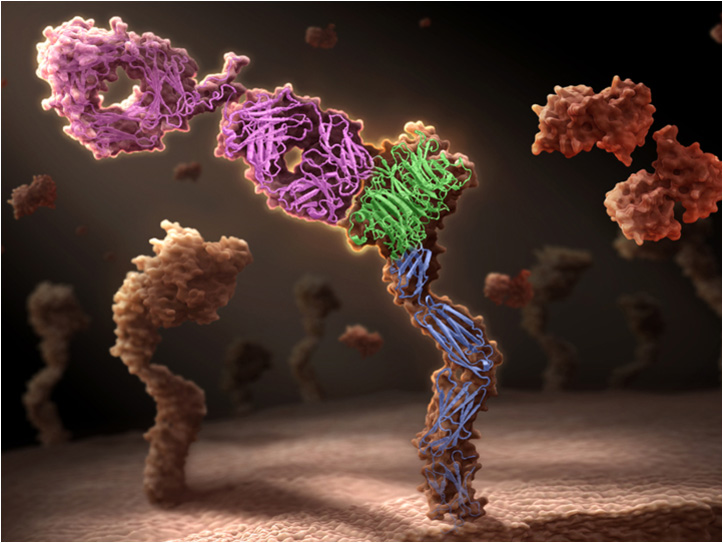
Crystal structures obtained at the Advanced Light Source helped inform Genentech about the binding mechanism of a unique antibody that targets multiple cancer types.
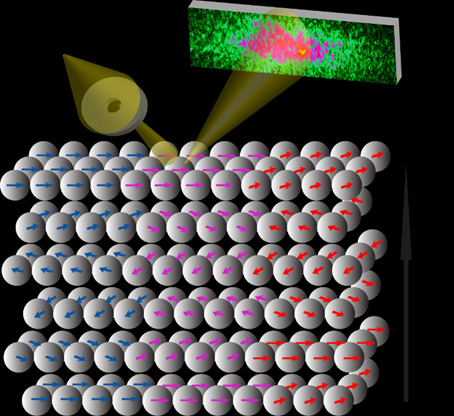
Magnetic domains exhibit the same dynamic jamming behavior universal to granular materials, polymers, glasses and emulsions.
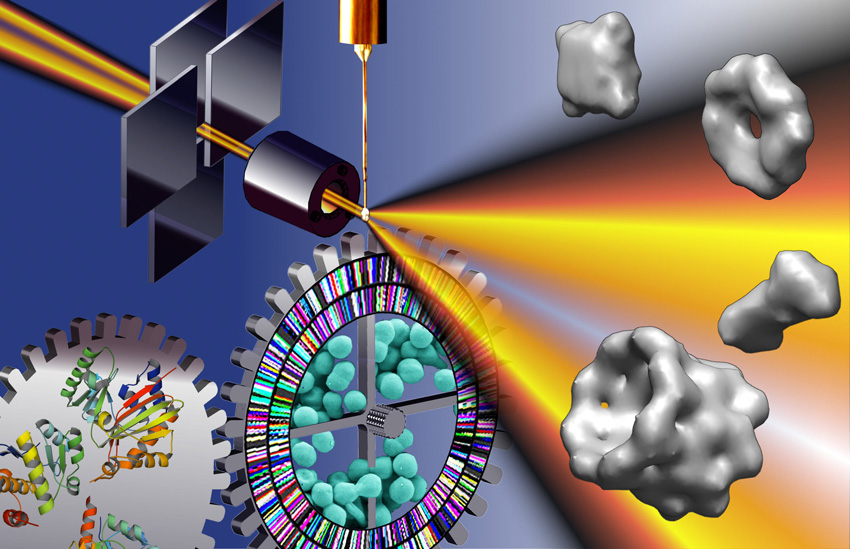
New method enables structure determination of flexible biomolecules.
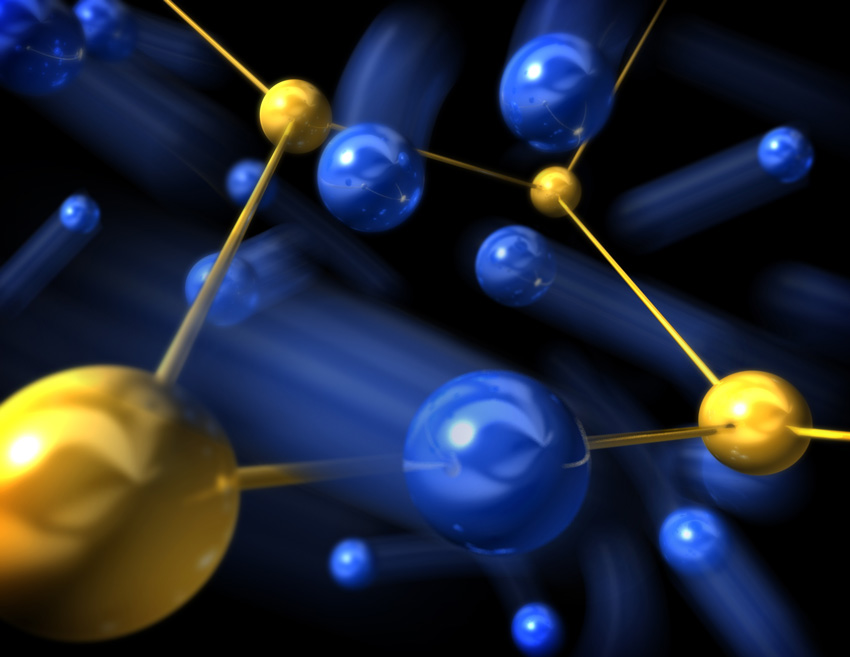
Atomic-Scale, femtosecond time-scale measurements unravel the atomistic pathways and speed limits for copper migration through a nanocrystal.